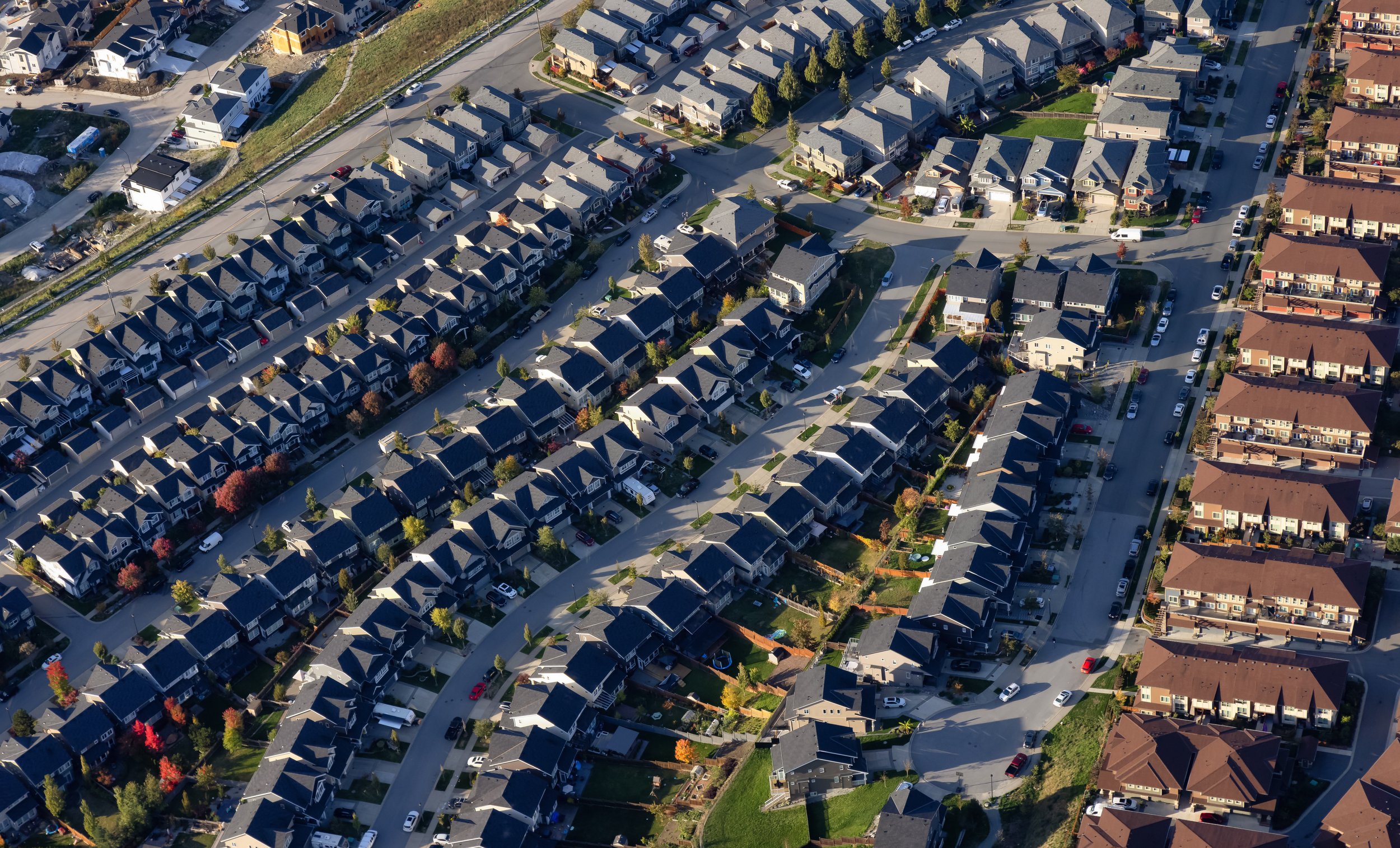Residential Land Plan Uses in Ontario: Understanding the Key Differences
Are you planning to develop a residential property in Ontario but unsure about the land plan uses? Understanding the key differences between land plan uses can help you make informed decisions about your property development project.
Here are the four most common residential land plan uses in Ontario and their key differences:
Single-Family Residential: This type of land plan use is designed for detached or semi-detached homes and is intended for single households. These developments are typically located in suburban or rural areas.
Multi-Family Residential: This type of land plan use is designed for apartment buildings, townhouses, and other multi-unit dwellings. These developments are usually located in urban areas and are ideal for families or individuals who want to live close to amenities and transportation.
Mixed-Use Residential: This type of land plan use combines residential and commercial properties in one development. Mixed-use developments are ideal for urban areas and provide residents with easy access to shopping, dining, and other amenities.
Retirement and Assisted Living: This type of land plan use is designed for seniors who need assistance with daily living. Retirement and assisted living developments provide a range of services and amenities to help seniors maintain their independence and quality of life.
Choosing the right land plan use for your property development project can be overwhelming. This is where Broadway Land Planners Ltd. can help. Our team of expert land planning consultants can assist you with every step of the land use planning process, from determining the best land use for your property to obtaining necessary approvals from local municipalities.
Don't let the complexities of land use planning hold you back from your property development goals. Contact Broadway Land Planners Ltd. today for professional and reliable land consultation services.


